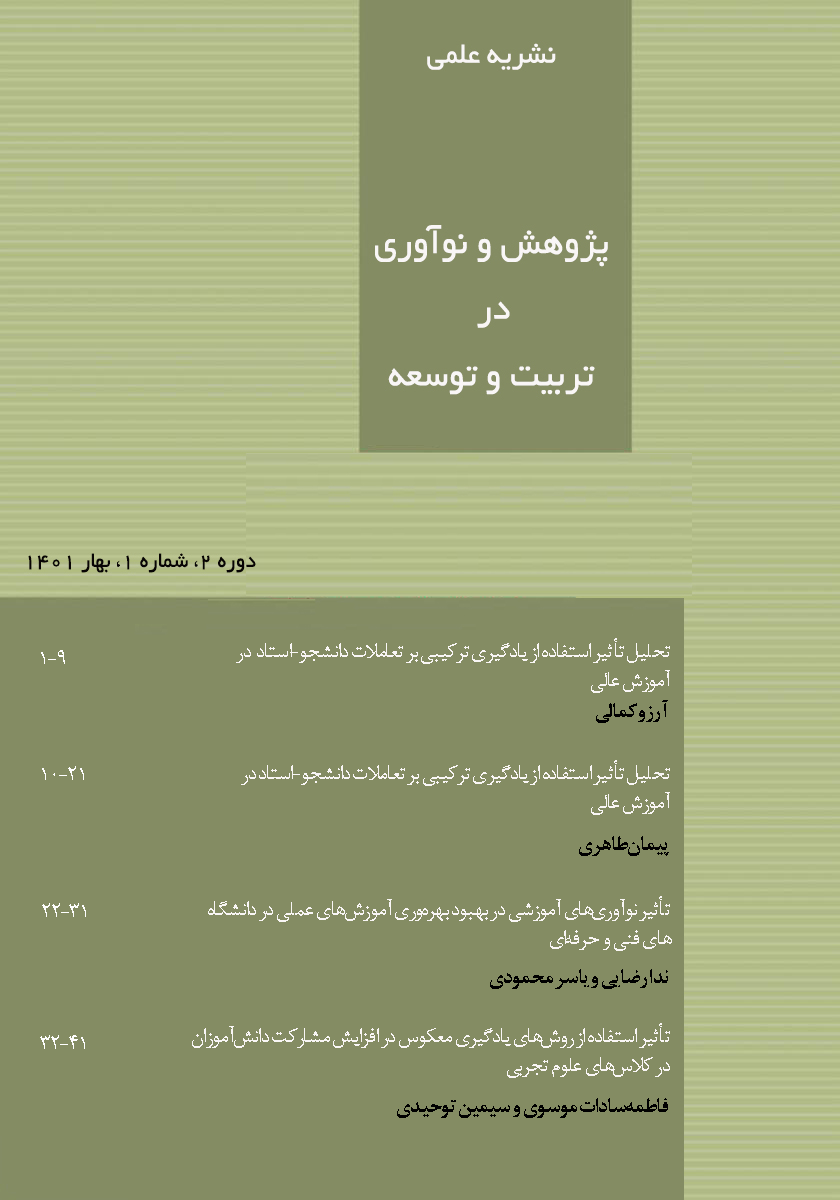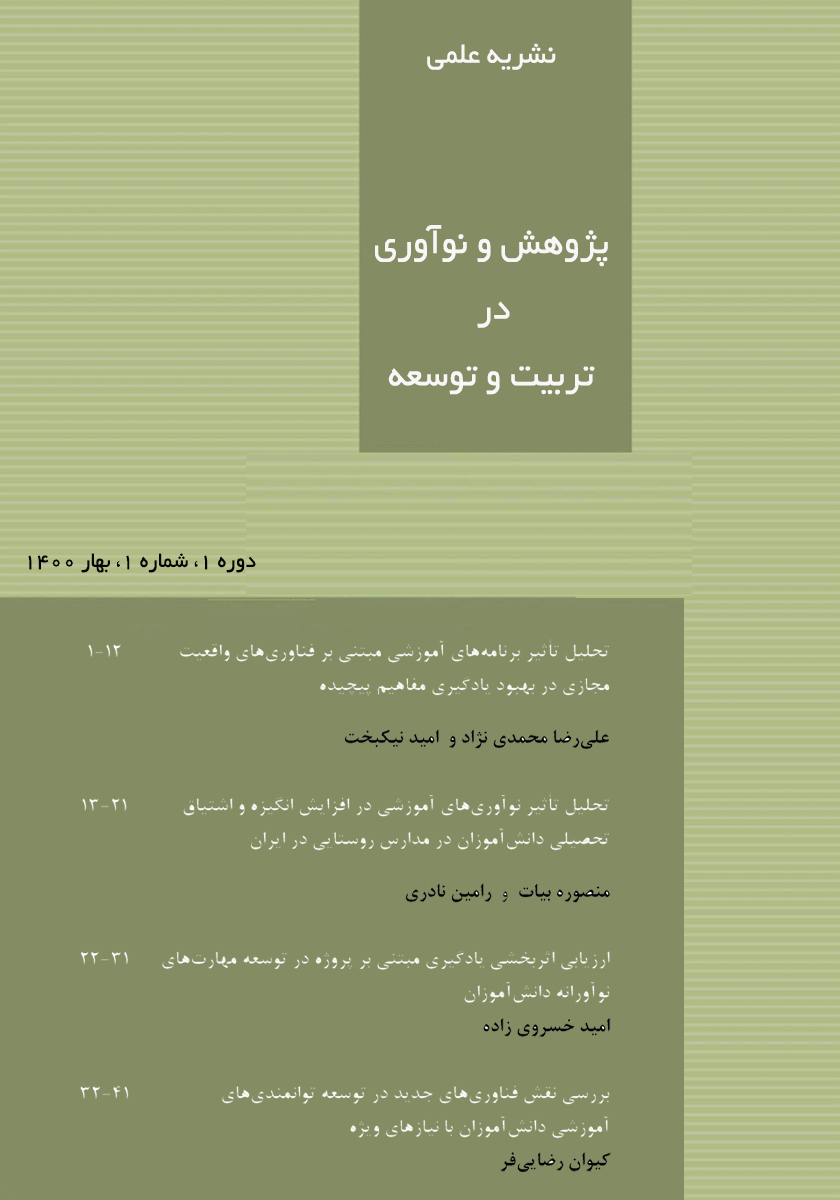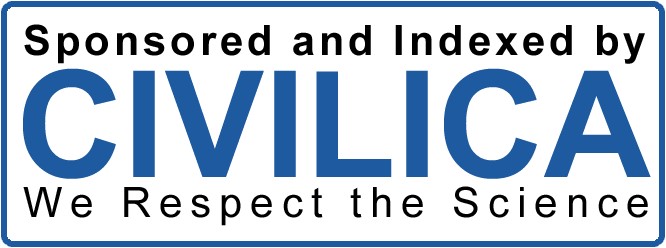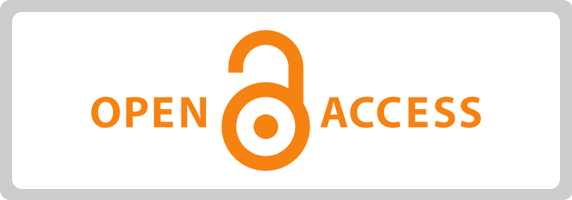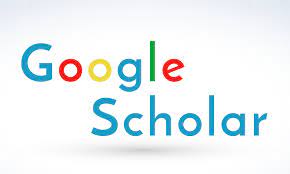تحلیل تأثیر استفاده از یادگیری ترکیبی بر تعاملات دانشجو-استاد در آموزش عالی
کلمات کلیدی:
یادگیری ترکیبی, تعاملات دانشجو-استاد, آموزش عالی, مرور روایتی, یادگیری آنلاین, فناوری آموزشیچکیده
این پژوهش مروری به بررسی تأثیر یادگیری ترکیبی بر تعاملات دانشجو-استاد در آموزش عالی میپردازد. یادگیری ترکیبی که آموزش حضوری و آنلاین را ترکیب میکند، بهعنوان یک رویکرد آموزشی مهم مطرح شده و فرصتهای بیشتری برای تعامل فراهم میآورد. این مطالعه یافتههای پژوهشهای موجود را برای ارزیابی چگونگی تأثیر یادگیری ترکیبی بر کیفیت و فراوانی تعاملات دانشجو-استاد تحلیل میکند. نتایج نشان میدهد که یادگیری ترکیبی موجب افزایش مشارکت دانشجویان، تسهیل ارتباطات مداوم و حمایت از محیطهای یادگیری فعال میشود. با این حال، چالشهایی مانند احساس انزوای احتمالی در میان دانشجویان نیز وجود دارد. این یافتهها نشان میدهند که یادگیری ترکیبی بهطور کلی تعاملات را در مقایسه با روشهای سنتی بهبود میبخشد، اما طراحی و اجرای محیطهای یادگیری ترکیبی باید به دقت و با در نظر گرفتن راهکارهای کاهش این چالشها انجام شود. این مرور با ارائه پیشنهاداتی برای تحقیقات آینده، بر لزوم بررسی تجربیات متنوع دانشجویان و توسعه بهترین روشها برای بهینهسازی تعاملات در محیطهای یادگیری ترکیبی تأکید میکند.
دانلودها
مراجع
رضایی، ح،. احمدی، م،. و ملک ی، ع. )1397(. بررس ی تأثیر یادگیری ترکیبی بر کی فیت تعامالت دانشجو -استاد در آموزش
عالی . فصلنامه نوآوری های آموزشی، 15)2(، -47 .62
صالح ی عمران، ع. )1398(. آموزش عالی در ا یران : چالش ها و فرصتها. تهران: نشر ن ی.
Allen, I. E., & Seaman, J. (2013). Changing course: Ten years of tracking online
education in the United States. Sloan Consortium .
Biggs, J. (1999). Teaching for quality learning at university. Open University Press.
Dziuban, C., Hartman, J., & Moskal, P. (2004). Blended learning. EDUCAUSE
Center for Applied Research Bulletin, 2004(7), 1-12 .
Garrison, D. R., & Kanuka, H. (2004). Blended learning: Uncovering its
transformative potential in higher education. The Internet and Higher Education, 7(2), 95-
.
Garrison, D. R., & Vaughan, N. D. (2008). Blended learning in higher education:
Framework, principles, and guidelines. John Wiley & Sons .
Graham, C. R. (2013). Emerging practice and research in blended learning. In M. G.
Moore (Ed.), Handbook of distance education (pp. 333-350). Routledge .
Means, B., Toyama, Y., Murphy, R., Bakia, M., & Jones, K. (2010). Evaluation of
evidence-based practices in online learning: A meta-analysis and review of online learning
studies. U.S. Department of Education .
Picciano, A. G. (2009). Blended learning: Implications for growth and access.
Journal of Asynchronous Learning Networks, 13(1), 95-102.
